This AIARE II Avalanche Course is based in Mammoth Lakes. You will learn tools to apply The AIARE Framework, the repeatable process you learned in an AIARE 1, to new situations and to self-direct your learning after the course. You will learn more skills to connect weather, snowpack, and avalanche processes, and identify how these processes relate to observations and travel within avalanche terrain. This can enable you to act as a leader within a small travel group and to identify and target reducing uncertainty about the terrain or conditions.
Who Should Take this Course
The AIARE 2 provides backcountry leaders the opportunity to advance their avalanche knowledge and decision-making skills. The prerequisites for this course are an AIARE 1, an Avalanche Rescue course, and a winter of practical experience after taking the AIARE 1.
What You’ll Learn
During an AIARE 2 course, you’ll spend time learning these skills, both in a classroom setting and in the field:
- Differentiating where specific avalanche hazards exist within the landscape
- Identifying avalanche terrain where consequences may be more severe
- Using and interpreting weather, snow, and avalanche observations to make more specific terrain decisions
- Leadership skills to use in a small team, including facilitating small group discussion, promoting appropriate terrain selection, and utilizing simple risk management strategies
Inclusions
- Instructors, trained by AIARE and certified as Wilderness First Responders
- AIARE Fieldbook
- AIARE Student Manual and curriculum
- Loan of avalanche beacons, shovels, and probes
- AIARE Online Learning (6-10 hours)
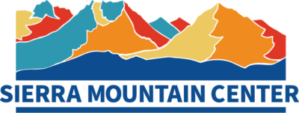

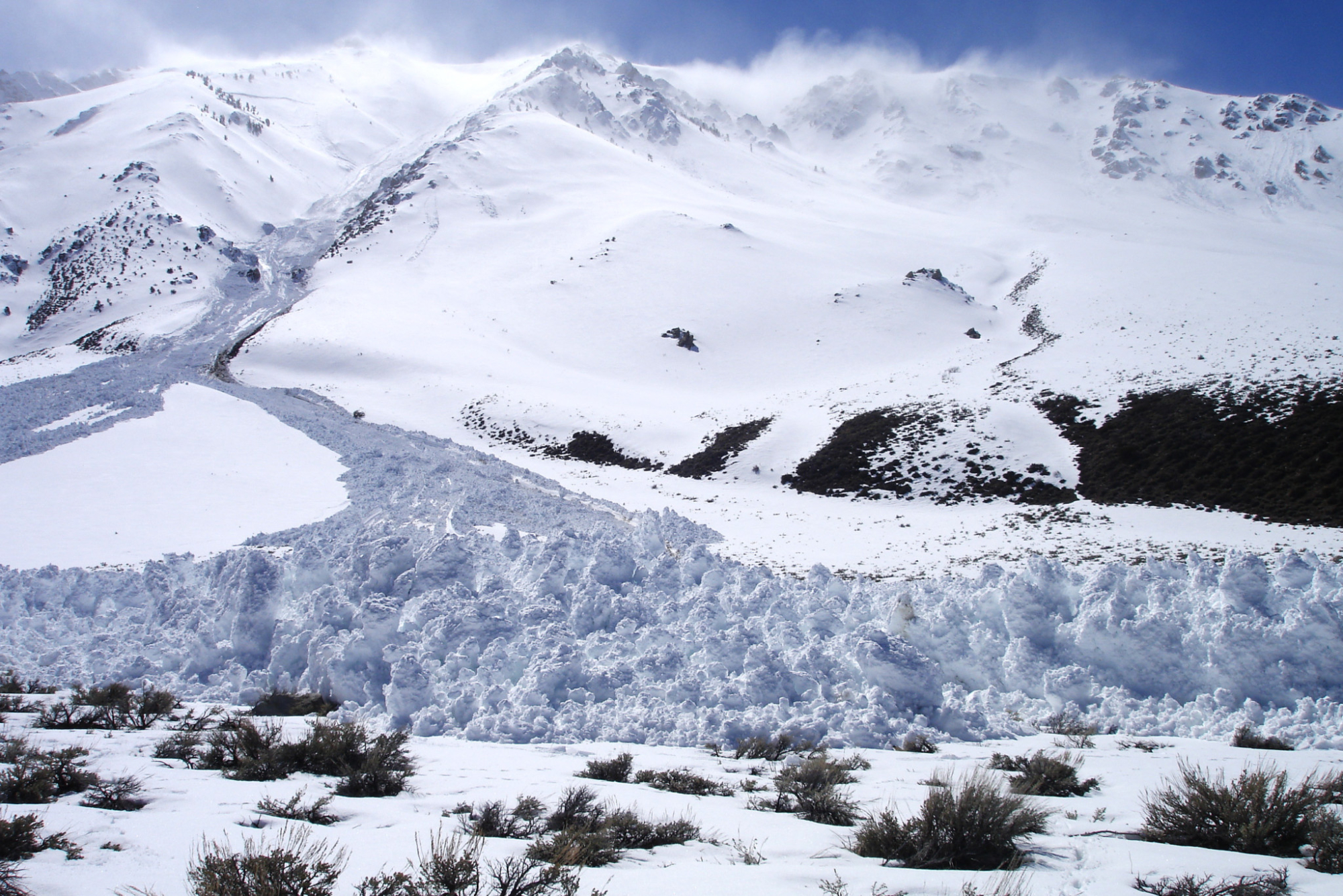
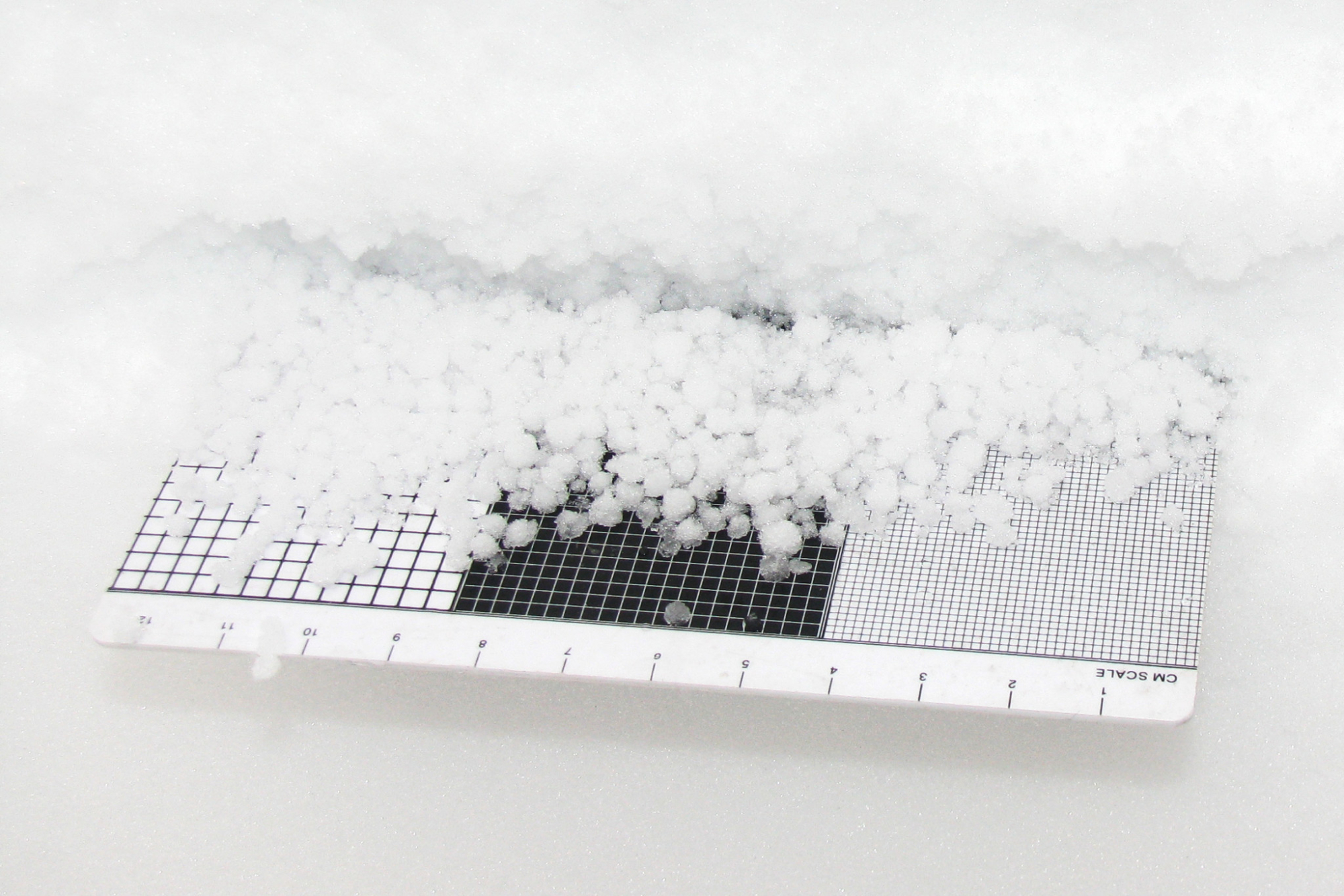
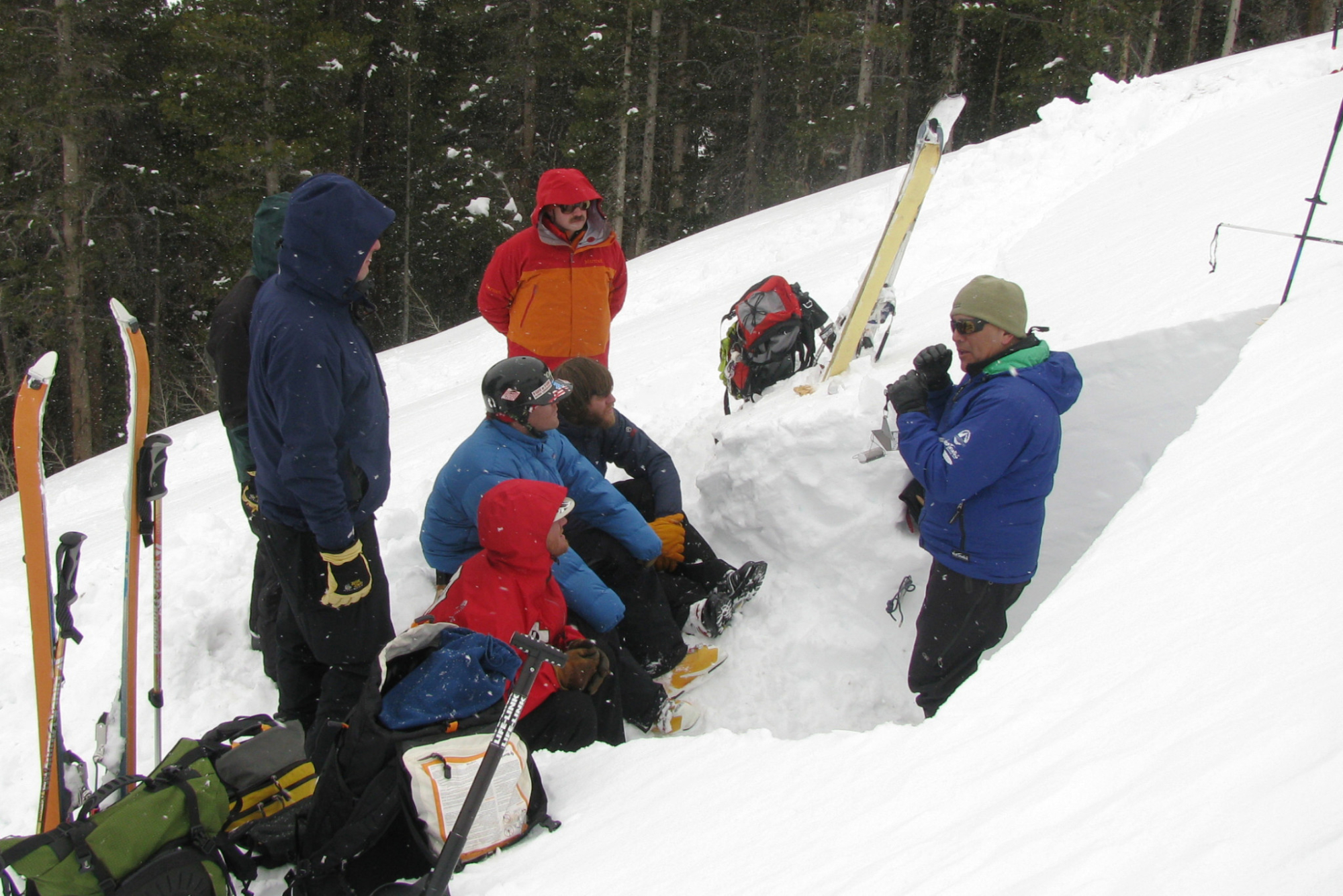
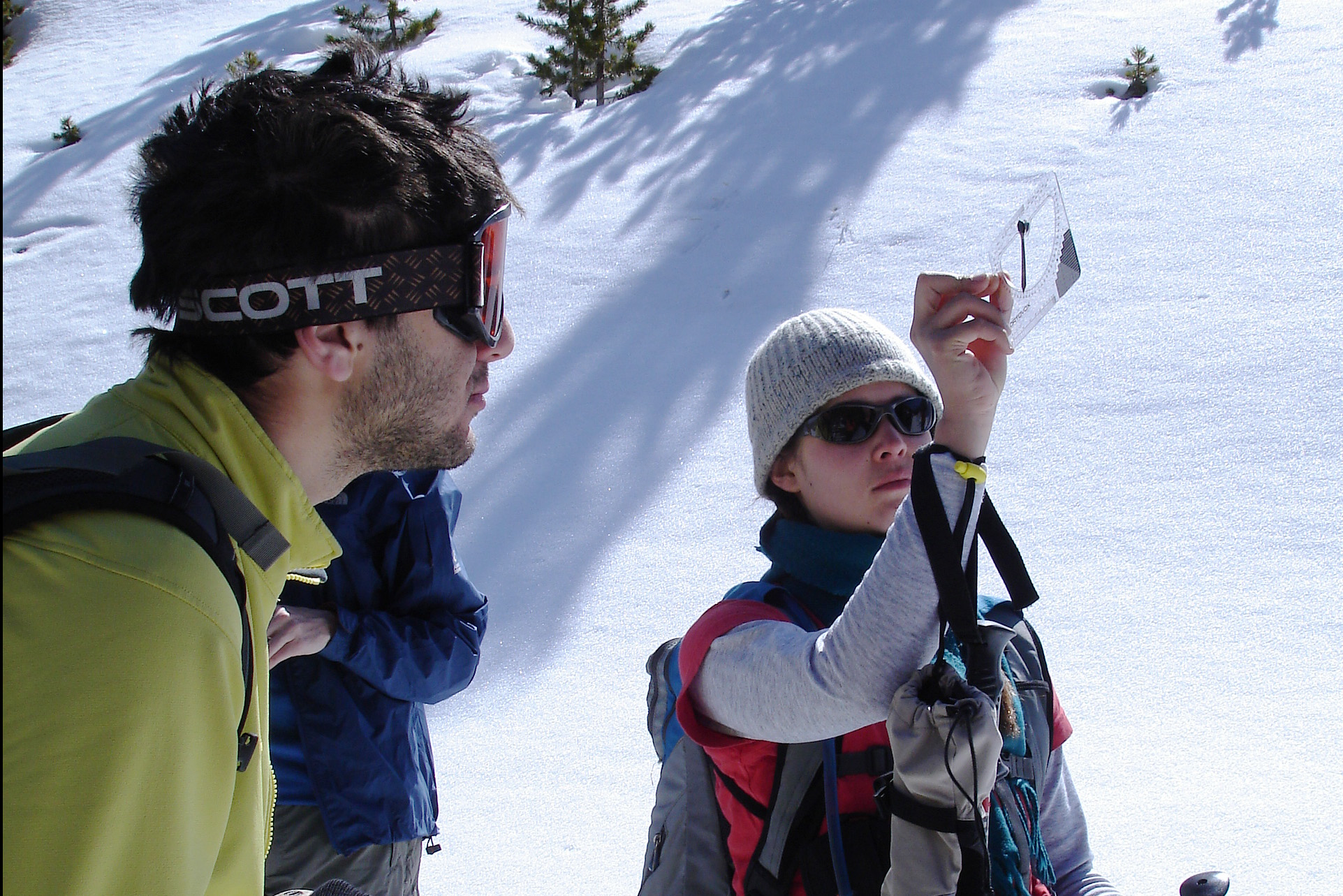

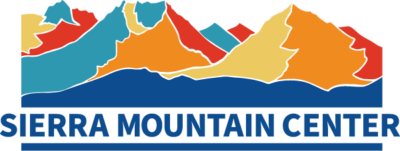
Get Social